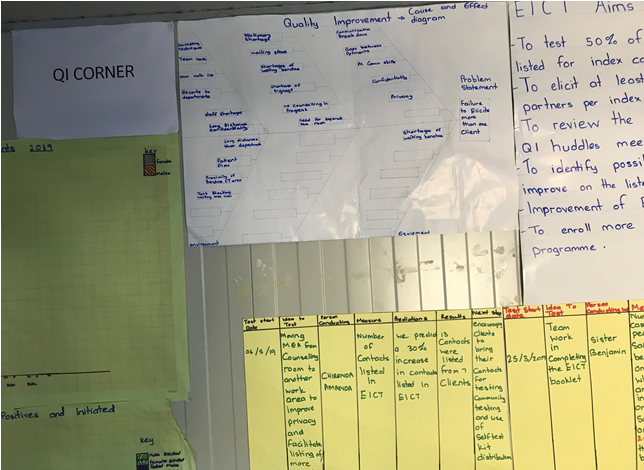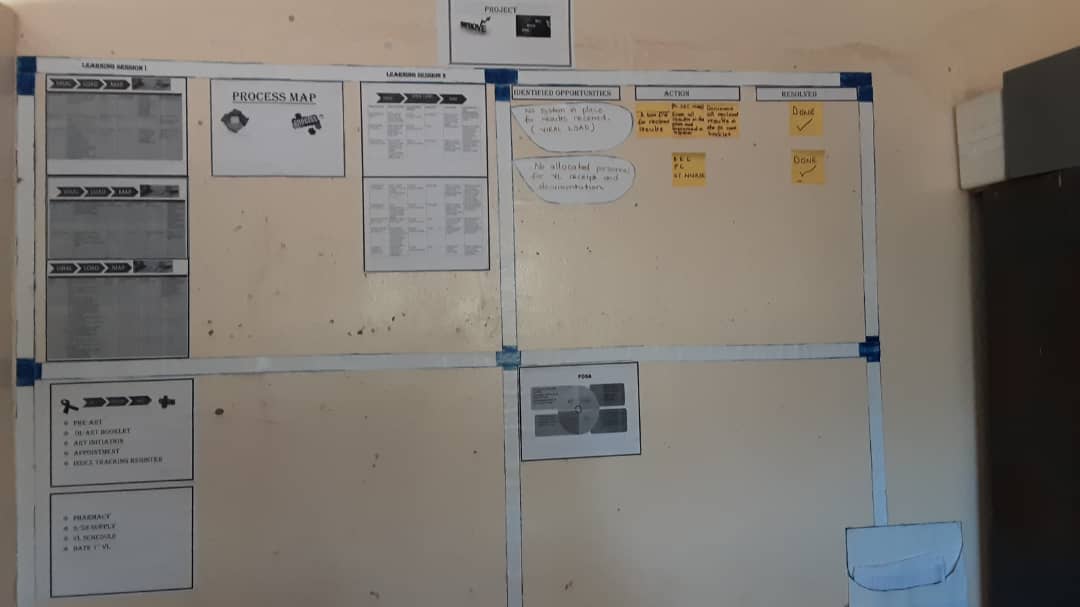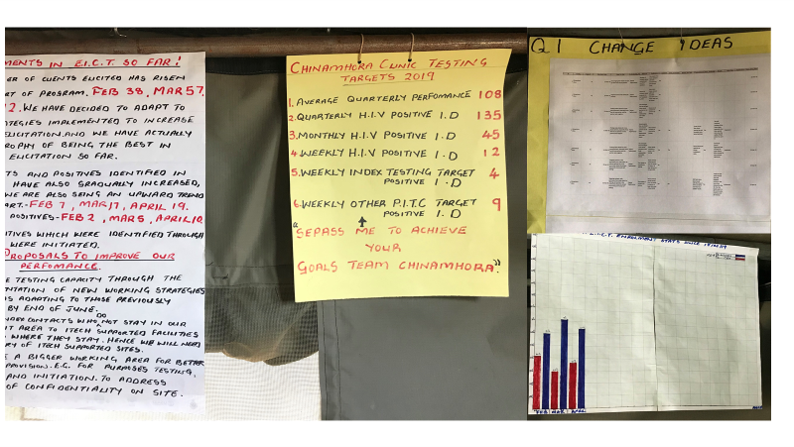Session 2: First Steps in Quality Improvement Coaching
In this session you will review the components of a QI project and learn how to prepare for your first steps as a QI coach.
Getting Ready For This Session
- Remember to have your workbook and a pen or pencil handy.
- You will need about 70-80 minutes to complete the session.
Learning Objectives
At the end of this session, learners will be able to:
- List and describe the steps involved in a QI project
- List and describe the steps involved in a QI site visit
- Introduce QI concepts to a team
- Explain why documentation of a QI project is important
Learning Activities Estimated time:
-
Introduction (2 min)
As a QI coach, hopefully you have had the opportunity to receive some training on quality improvement methods and the philosophy behind them. You may have completed some training sessions from the Institute for Healthcare Improvement on QI basics.
In this session, we will provide a brief review of the basics of quality improvement to reinforce what you have learned, to refresh your memory, and to equip you with some condensed information for sharing with the QI teams that you will be coaching.

-
Pre-Test Self-Assessment (10 min)
Let’s begin this session with a brief pre-check of your knowledge and comfort with QI basics. Each question will have a score for you to track in your workbook. Please track your scores as you go through this assessment, and make note of any content areas that you answered incorrectly.
-
Model for Improvement (5 min)
Our team QI projects are based on the Model for Improvement, which guides planning and action through several steps. Watch this video for a brief description of the Model for Improvement.
Note that this is a previously recorded session. You will not be able to tap on any links that are mentioned, but resources mentioned in the session are included in the list of resources at the end of the session.
Sessions 3, 4, and 5 will go into these steps in more detail.
-
Coaching Through the QI Process (10 min)
The Model for Improvement video you just watched showed how the coach and team move through a number of steps of the QI process. This is not a one-time event; it is a process that progresses over the course of several weeks or months.
Let’s review the basic steps in a QI project at Zim-TTECH. They involve the following: (tap on the boxes for more information on each of the steps)
Establishing and sensitising the QI team
The term ‘stakeholders’ refers to the individuals and groups that are affected by QI project activities, including those that may directly participate in the project—for example, leadership and management, front line health care workers, and all health care workers at the facility. Clients are also stakeholders. For a successful outcome, it is important to inform stakeholders and provide opportunities for them to give input.
Characterising the problem using data
Having specific information about the problem being addressed in QI is important. In the case of index testing, the team needs to know the extent of the problem. How often are the data submitted late? What percentage of HIV-positive tests are the result of index testing? What proportion of clients are offered and accepting index testing? The specific information that is needed will depend on the focus area for QI, but data will always be required.
Analysing the problem using such tools as the fishbone diagram, the 5 Whys, and process mapping
Once the problem has been characterised, a number of tools can help assess the root cause and those processes contributing to the resulting problem. The fishbone and 5-Whys tools help you get to the root causes of the problem, and process mapping looks at the steps involved.
Fishbone
This content scrolls across in smaller visible areas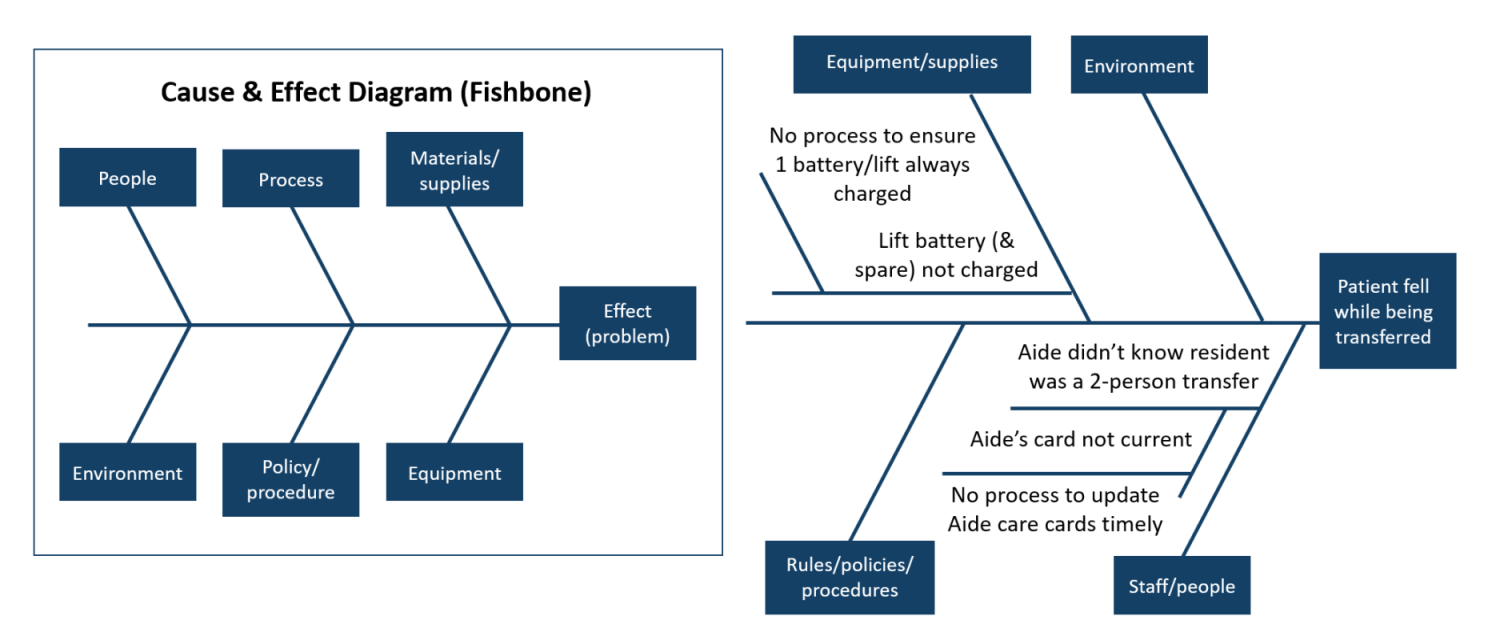
5-Whys
This content scrolls across in smaller visible areas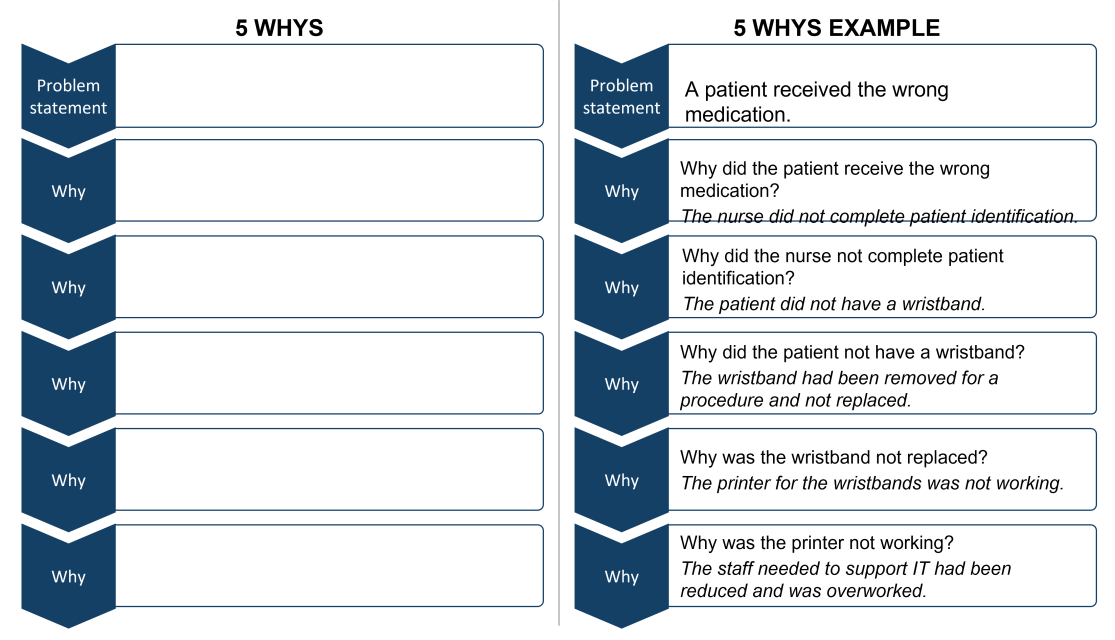
Process mapping
This content scrolls across in smaller visible areas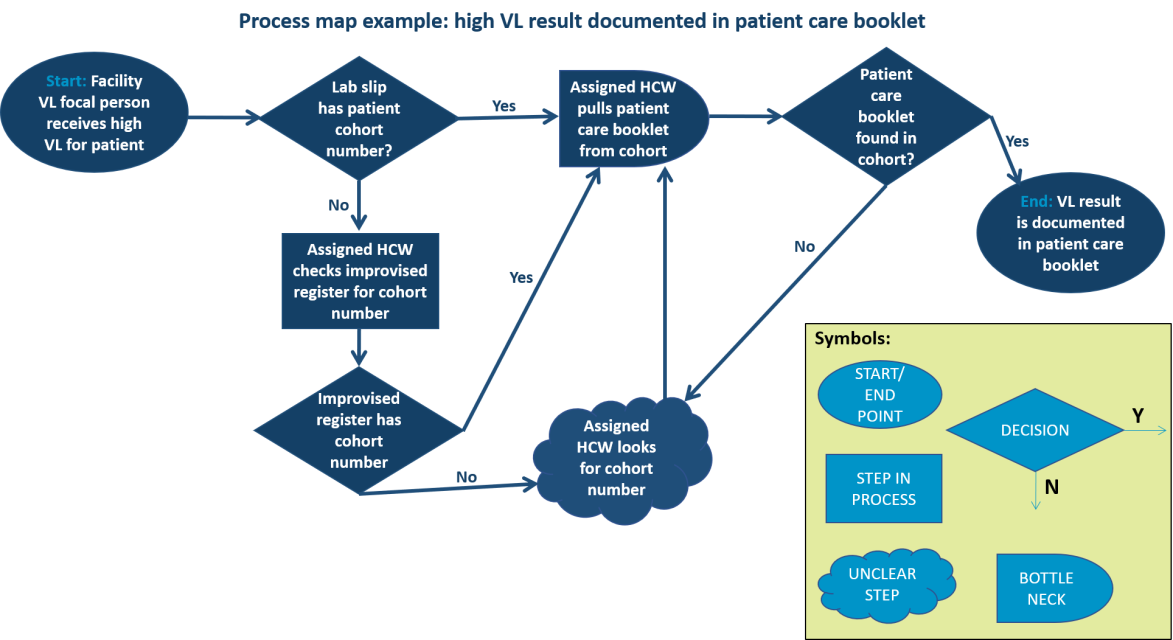
Setting an aim and identifying measures to track progress
The aim statement forms the clear purpose and direction of the project. It should be ‘SMART’: Specific, Measurable, Actionable, Realistic, and Time-Bound. A basic template for a smart aim statement is: “By [date], we will improve __ from __ to __.” Outcome measures are those numbers and proportions that you track to show progress towards your aim.
Brainstorming ideas for change
The team uses its creativity to come up with ideas that may result in change. Effective quality improvement involves
working smarter, not harder
, so creative ideas are of great value in QI. Ideas can be generated in specific brainstorming sessions and at any point in the QI project. Remember to keep track of all the ideas, but do not begin testing them until you have had plenty of opportunity to analyse the problem. You may want to use the impact/effort grid to decide which ideas to test, which ideas to implement without testing, and which ones are not feasible enough to try.Impact/Effort grid
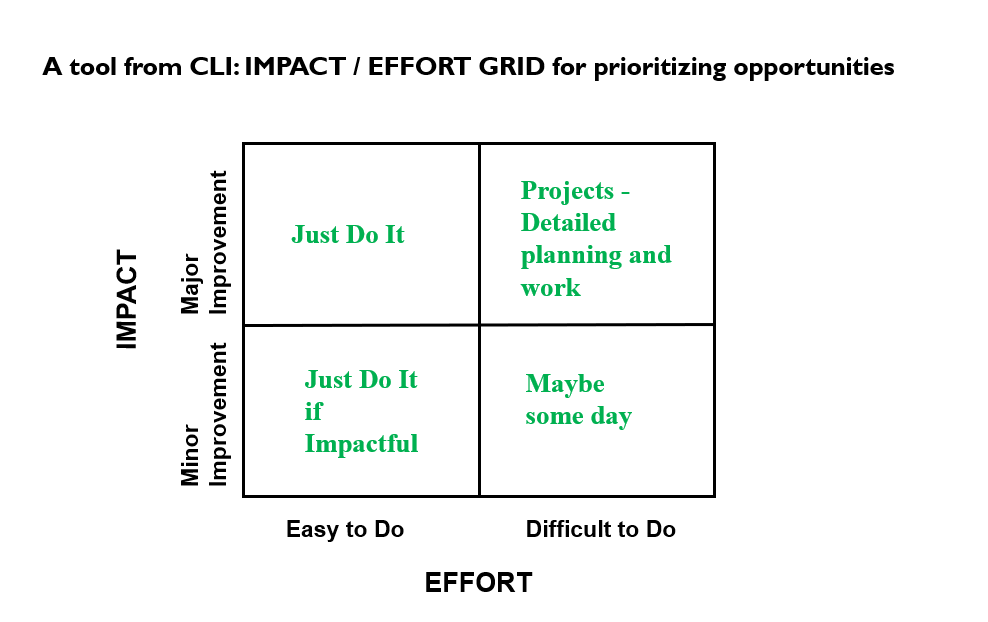
Testing ideas using Plan-Do-Study-Act cycles
Plan-Do-Study-Act, or PDSA, is the process of testing ideas to see whether they result in improvement. Remember to document your plans for testing—who will conduct the testing, where will it be done, when and for how long it will be done, and how will you measure the results. Then document what was done: How did it work out? Did testing go as planned? Were there any problems? Did the idea seem to help? The team then studies these notes and decides what to do next. This is the Act portion, where the test is usually conducted again, whether on a different scale, or with changes applied to make it more effective. Usually, any idea goes through at least two or more PDSA cycles. Upon completion of a project, a ‘change package’ may be developed. This refers to a document that describes the key interventions that helped to create improvement. This package can then be used in future QI projects addressing similar aims.
Plan-Do-Study-Act

Sustaining progress by incorporating changes into new processes and management within the system
In order to sustain the gains from a QI project, it is important for the facility or organisation to adopt the new practices that led to the improvement. This often requires incorporating the new practices into management expectations—a new policy or process within the system. It is helpful to keep this sustainability in mind as long as the QI project is ongoing.
-
Generating Buy-in (10 min)
An essential aspect of the QI project is to set the scene with all stakeholders. It is especially important to support the team in its motivation to do this work—sometimes this is called ‘generating buy-in’ or ‘building will.’ The energy and sustained commitment required for successful QI work benefits from ongoing enthusiasm and support from all involved. Some stakeholders may take longer than others to buy in, responding only once the QI activities begin to show positive results. Sharing successes from previous QI work may be useful as well. If you encounter a stakeholder that is resistant or opposed to the project, remember to engage your supervisor and QI programme coordinator to help problem-solve.
Let’s listen to Roe explain how she accomplishes these important activities. Abbreviation referenced by Romana is: DMO - district medical officer.
Transcript

So when you are talking about the national, the provincial, and the district [levels of the system], you're saying you want people to be involved in the project. You want to [have] buy-in from the DMOs, the doctors, the nurses, the pharmacy, and everything, depending on the type of project that you want to undertake in quality improvement.
So I'm just going to focus on viral load so that it makes a bit more sense. So when you go to a district hospital, you want the district nursing officer to have buy-in [for] the QI project so he or she is in the management—they're going to be in that QI team. You also want a person from the lab, because you need those samples to be processed. You also want someone from the pharmacy, because you want consumables to be ordered and for them to be ordered on time. You don't want to be running around for those things with those people.
You also want someone from the administration, because there's a time when you're going to need vehicles, you're going to need consumables to be brought. So they're supposed to be part of that quality improvement team. You also want to make sure that the OI team—the sister in change, the nurses in that team—then go back to the community and say, okay, from this district hospital, what type of community cadres do we have? You also want those people in that quality improvement team. So you are going to make sure that everyone who's involved in that viral load project is there in the team and they understand what’s going to be happening when you're saying you want to start a quality improvement team.
How I create cooperation is, before I start a project at a facility, I meet with the management, and meet with the nursing teams, and I meet with the community cadres and explain why we went to start a quality improvement project at their facility and how we are going to do it. I've noticed that at most facilities, people don't like long meetings, long explanations. I try to be as brief and on point as possible, and also explain to them why it is important for them to meet regularly as a team, even when I am not there. And to write minutes and maybe share the minutes with me so that I know what's happening on the ground. So for me, also to create cooperation when the management is buy[ing] in [on] a project, then you know automatically when you're going down the structure, everyone is bound to cooperate, and they will listen to you when you come to start the project. So that is how I create cooperation.
Romana
After leadership and management have been sensitised and they have bought into QI, you need to connect with the QI team. When a team is motivated by the genuine desire to achieve its goals, it is more likely to stick with the project and move towards its aims.
Let’s listen to Nicholas, one of our experienced QI coaches, explain how he generates buy-in for the QI project:
Transcript
When I first bring the team together for a QI project, I make sure that at the initial meeting I focus on providing information and engaging the team. I don’t want them to just think, ‘oh no, more work to do’—I want them to be excited about improvement activities. It starts with getting them trained so that they understand what QI is and what we will be trying to achieve. I take the time to orient everyone to the principles of QI and why we are doing it. I try to make sure that everyone is clear about the expectations, and also how the project aligns with their values of providing the best care possible. I let them know how this QI work has an impact on the client, and how everyone in the facility can benefit from the work being done. Staff is usually excited when you talk about the bigger picture and how it all ties together. I explain that we will work together to identify a problem and possible solutions to test that will improve patient care [and] facility efficiencies. I emphasise that I will be supporting the team along the way, and they will be getting feedback as we move along. I remind them that it can be hard, but rewarding in the end, and seeing results is really exciting. At this time, I also pay attention to who on the team is the most enthusiastic, so I can call on them to be the QI champion.
Nicholas -
Preparing for the QI Site Visit (5 min)
We just discussed how to generate buy-in and sensitise stakeholders for the QI activities. Your first team meeting to initiate the QI project will include identifying roles, as discussed in the first session, reviewing basic QI processes, and beginning to plan project activities with the team. Some practical planning helps your QI meetings run smoothly and effectively.
Let’s listen to our Zim-TTECH QI coordinator Romana describing how she prepares for an initial QI site visit.
Transcript

When I want to visit a site, the first thing that I do is I inform the senior programme manager for that province—and the programme coordinator for that province, and also the provincial focal person, then the district focal people of that province—that I will be coming to their specific sites to do a quality improvement site visit.
After I do that, I now look at the specific sites that I am going to visit, and plan on what am I going to be doing at that site—any resources that I need, any stationery that I need to print before I go there. I also call the district focal people and ask if there is anything on quality improvement that they need from me before I come. For example, do they need more tools, do they need more viral load stickers (these days we are mostly concentrating on viral load), do they need more stickers, more stationery for the sites to use before I go.
And when I go to the sites, I make sure that the district nursing officer for that district knows that I am in the district, and I also explain why I have come. Then I go with the district focal person, and if the provincial focal is around, I also go with them. I usually prefer to go with the programme coordinator for that province, so that when I am not there and they have gone to their support visit, they can actually say that ‘I did look at the QI project and these are the issues that I have found.’ So I want to make sure there is buy-in from the people who are responsible for that specific district and [for] the site.
When I get to the site, on my site visit, I look at how, if there are any clients that are there, if they need any help. Then I make sure that when I am about to start my visit and have a little huddle with the team, there are no patients that need assistance—everyone has had their assistance and they are gone—and the team is there and is focused on the meeting that you are going to have.
Romana -
Characterising the Problem Using Data: Omega Clinic example (8 min)
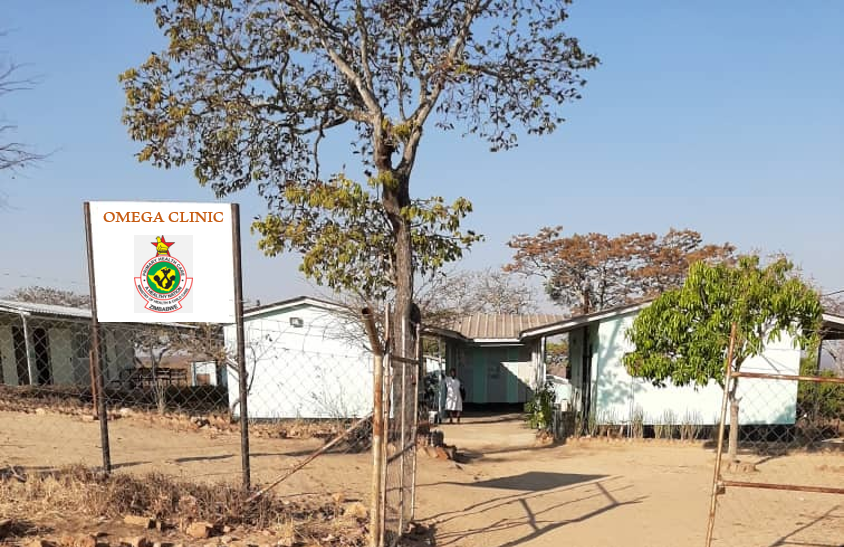
Recall the Omega Clinic, the fictional case study that will be running throughout these sessions.
The story of Omega’s quality improvement activities starts when it was observed that routine monthly HIV testing data was submitted late about half the time in a six-month period. Further, the data that did get submitted showed very low rates of index case testing. It was suggested that a QI approach be initiated to help address this gap.
The district’s QI coach, Sekai, has several things she prepares before the initial QI site visit.
-
Coaching on Documentation of the QI Process (3 min)
Early in the project, establish the importance of documenting the progress of the QI project. Documenting the project is essential; this will be discussed at several points in this course. At each site visit, and during your other points of contact (via WhatsApp, email, and calls), you will need to check in with teams about the progress of their project—and they will need documentation to describe it to you. The key things to document include:
- QI team member roles
- Aim statement
- Progress on the measures being tracked
- Completed problem analysis tools
- Change ideas
- Tests of change with PDSA
After making progress towards aims, a ‘change package’ may be developed—this is a document that summarises the project and describes the changes that were tested, and whether they were effective. Without documentation along the way, it would be impossible to create such an important document. As one coach put it,
if it wasn’t documented, it didn’t happen.
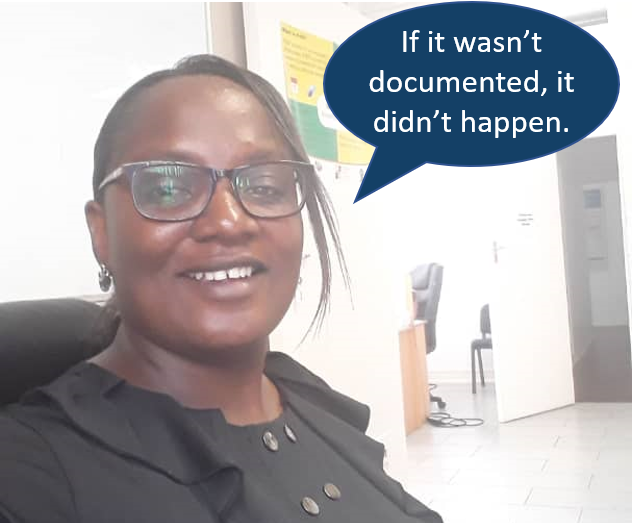
-
Reflecting on Documentation (5 min)
Take a moment to think about how documentation has impacted your work. Answer the questions below in your workbook.
Although it often seems like extra work, documentation is an important part of the job. Once you are in the habit of consistently documenting your work, it is easy to continue doing so. Regular documentation benefits you as the coach, the team, the programme, and, most of all, the clients.
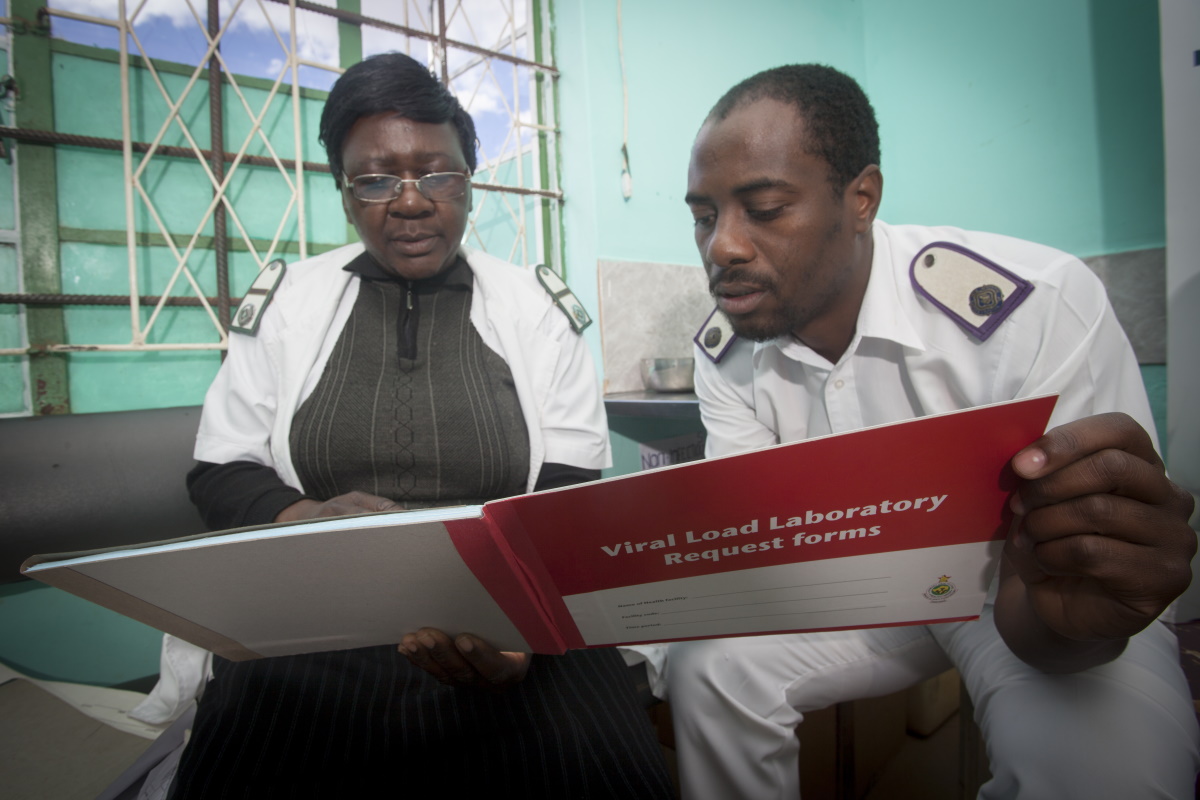
-
Creating a QI Corner (5 min)
One useful way to support teams in keeping their documentation up is to create a ‘QI corner’ at the facility, where information and progress toward aims is presented and updated.
Let’s listen to how our coaches provide guidance to teams by creating a QI corner. Abbreviations referenced by Romana are: CLI - clinic-laboratory interface project; DEC - data entry clerk.
Transcript

First we discussed the QI project—what it was going to involve, the aim, what do we want to achieve on index case testing. That is how we started our QI corner. It started small; we labelled our corner ‘quality improvement corner on index case testing’. Then we started with saying what was our problem.
After putting [forth] our problem, we discussed the aim—what was it that we wanted to achieve in a specific time—then put the aim on the QI corner. Then we did our problem analysis. I realise that most facilities, most QI teams are more comfortable with the Ishikawa diagram, the fishbone analysis. The 5 S’s, most people started using it in the CLI, but the Ishikawa people are like, ‘this is easier’, and after doing our problem analysis we would stick it on our corner. Then we will have maybe a DEC, the data entry clerk, put a graph. At first on the corner we started with handwritten graphs; I brought graph paper, and that is the graph paper that we would use to document our aims every week, weekly documentation was documented by hand. Then after about 2–3 months, the DEC would print out the graph and stick it on the QI corner so anyone would see annually—sorry—quarterly, weekly, and understand what’s happening. The strategies, here and there, you would find them written on the corner, but it wasn’t as much, but you would find the graphs there, you would find the aim, the problem analysis tools. And if you ask anyone who worked in that department, they would nicely explain what was happening in the quality improvement project.
The QI corner is mostly space on the walls, let’s say in the OI room or the OI department. It’s just a space on the wall that the QI team uses to put up their QI work. How to get permission, as I said at the start, I make sure there is buy-in on the quality improvement project from the sister in charge at that facility, and also from the district management, so that when they come for their support and supervisory visits and they see QI stuff on the wall, they won’t be surprised on what’s happening. Most of them will actually tell you, ‘I went to’—when you go back, let’s say for a second visit after the initial one—‘I went to a certain facility and they’re actually putting up stuff on the wall and there is a QI corner, I think your project is going on well’, which means there is actually feedback from the management on that corner. So I make sure that there is buy-in from the management first before we put up anything about quality improvement at a facility.
RomanaHere are some examples of QI corners our Zim-TTECH teams have created. Tap on the right arrow to go to the next image.
-
Your Plans: Taking Action (5 min)
Now that you have reviewed the content in this session, what steps will you take to put this information into action?
If you are newly starting as a coach on a QI project, what do you plan to do for stakeholder buy-in? For preparing for an initial meeting? For characterising the problem using data? For building a strong foundation in documentation?
If you are farther along in a QI project, what might you do differently at the onset of a new coaching experience now that you have gone through this session?
- What specific activities will you do?
- What will the time frame be?
- What resources or support will you need?
Take a few minutes to fill in some activities on the action plan template in your workbook to detail what you will need to do as you are starting with a team.
-
Post-test (10 min)
Now that you have completed this session, let’s finish with a quick check of your knowledge and comfort around how to coach on QI basics. Each question will have a score for you to track in your workbook. Please track your scores as you go through this assessment, compare them with your pre-test scores, and make note of any content areas where you answered incorrectly.
How did your post-test score compare to your pre-test score? If you found that you had some gaps in your knowledge or understanding, think about what you can do to fill in those gaps for yourself, and what resources you can access.
-
Summary (2 min)
Congratulations on completing this session on first steps in QI coaching! We focused on building stakeholder buy-in, preparing for and conducting an initial site visit, and characterising the problem using data. We reflected on the benefits of documentation, and discussed how to create a QI corner where project progress is displayed.
-
Resources
Here are some of the resources you can access on first steps. Remember, if you need additional support or information, contact your supervisor or QI coordinator.
Title/Source File Video: Applying the Model for Improvement in Your Work Click to open file. Applying the Model for Improvement in Your Work
Problem Analysis Tools: Fishbone Diagram Click to open file. 5-Whys Click to open file. Process Mapping Click to open file. Impact/Effort Grid Click to open file. Action Plan Template Click to open file. LARC Stakeholder Analysis Click to open file.

